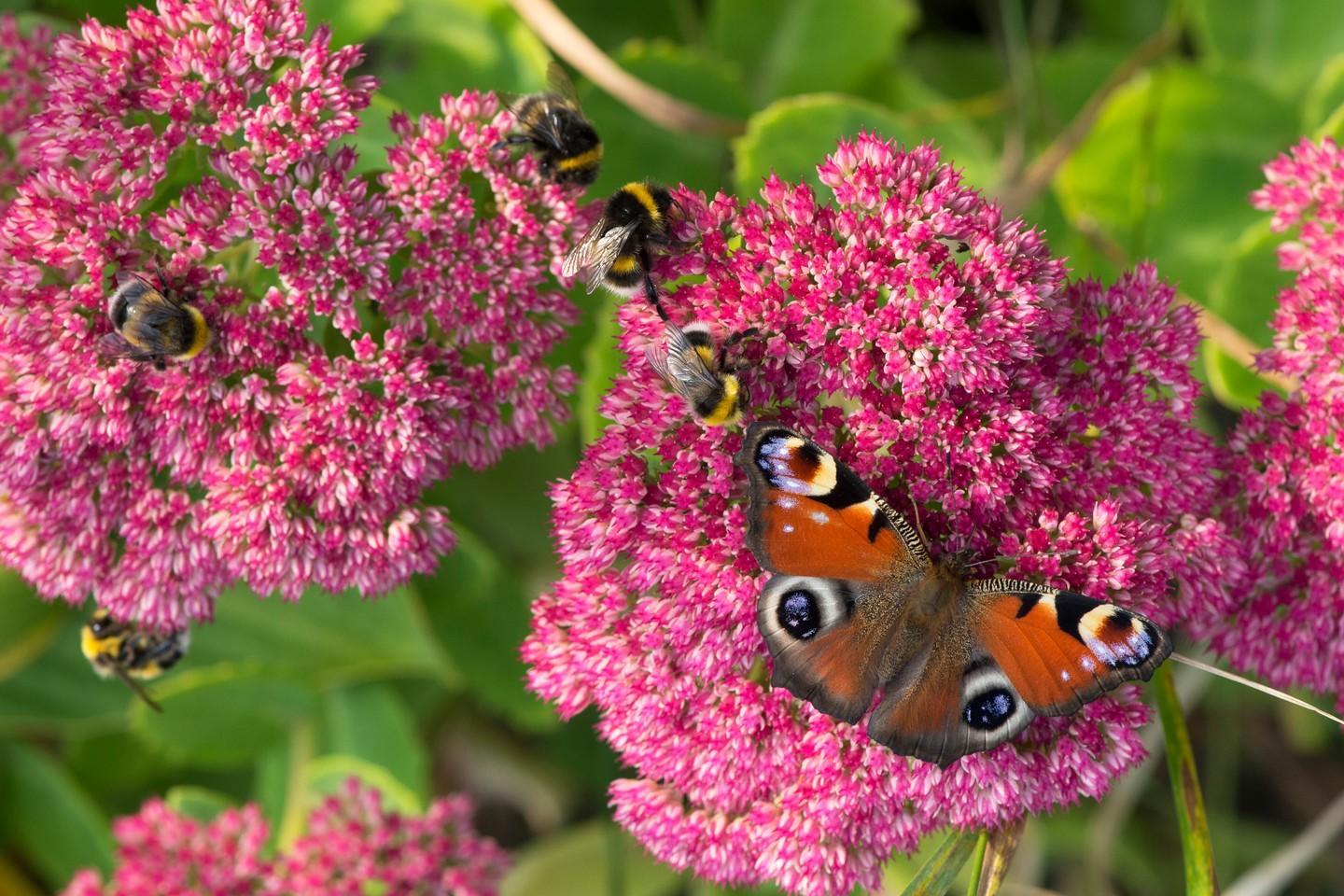
You don’t need a wildflower meadow to bring in the bees, birds and butterflies. Biodiversity is the name of the game: simply fill your containers with a wide variety of flowering and berrying plants through the seasons, and the neighbouring wildlife will come. Think of your balcony or patio as a pitstop for passing wildlife on the wing, supplying shelter and sustenance, rest and refreshment.
Our native wildflowers are renowned as valuable sources for nectar and pollen, but garden-worthy plants qualify too, provided they are simple, single-petalled flowers that allow easy access for beneficial insects that include hoverflies and ladybirds. As well as containers, use wall-mounted planters and window boxes to grow nectar-rich plants that will provide a varied and much-appreciated buffet.
KEEP IT COMPACT
In a limited space, dwarf or patio versions of proven food sources are what’s needed. For instance, buddleias, rightly known as the butterfly bush, are far too large for balconies. Welcome, then, Buddleia Buzz, which has a neater, smaller habit but still bears those familiar honey-scented flowers with the same pulling power. Lilacs are heavenly, so consider a version that’s perfect for pots, Syringa Palibin. Escallonia, a tough evergreen, can be unruly, but new garden centre star Escallonia Showstopper has a small, neat shape and pollinator-friendly pink and white flowers from summer to autumn. You can even buy a small, bushy honeysuckle, nectar-rich
Lonicera Strawberries and Cream, that will be perfectly content in a container. After flowering, glistening scarlet berries appear that the birds can enjoy in winter.
BRING IN THE BIRDS
It’s fascinating to watch the birds on your own patch, just beyond the window. Make sure they stop and linger by providing a bird bath, which need be nothing fancier than a wide, shallow dish with sloping sides, so they can bathe and drink.
Place feeders where you can see them, and near shrubs which offer places to rest. Perspex window bird feeders offer compulsive viewing from indoors and are easily secured with strong suction cups.
Shrubs that bear berries, such as skimmia and cotoneaster, are a good choice of evergreens for containers and provide a vital source of food in autumn and winter. Blackbirds and thrushes love to perch on the foliage cartwheels of Mahonia and feast on the bunches of navy blue berries that follow the bright yellow flower sprays.
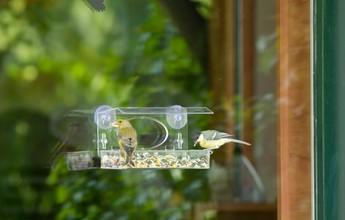
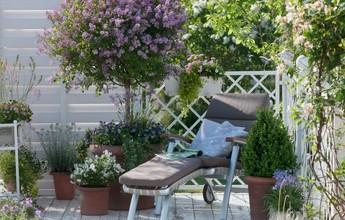
BENEFICIAL BEDDING
This summer, be sure to choose bedding plants that have easy-access single flowers, such as cornflowers, nasturtium, calendula – the pot marigold – and daisy-flowered cosmos, which keep on blooming for months, provided you deadhead them. Dahlias with golden stamens at centre are beloved by bees. Lantana camara, with the prettiest pink and yellow or marmalade flower clusters, is so beloved by butterflies that it is used in butterfly breeding laboratories. Fragrant plants such as nicotiana provide nighttime nectar for moths, while pollinators love the trumpet flowers of exotic perfumed lilies such as Lilium regale.
THE JOY OF HERBS
Flowering herbs are a great source of nectar, need less watering than most plants and are handy for cooking. Fill a trough or a series of pots with oregano, sage and thyme and give them your sunniest spot. Rosemary flowers early in the year, when there is little else around, so is invaluable for insects. Lavender is a great attraction for bees and butterflies, but be sure to stock up on both varieties: French lavender, with those short tufted flowerheads, flowers in late spring and English lavender flowers later in summer, supplying nectar for a wider span.
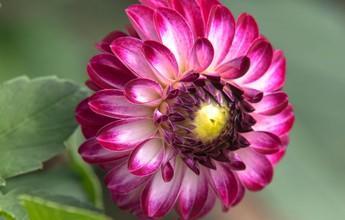
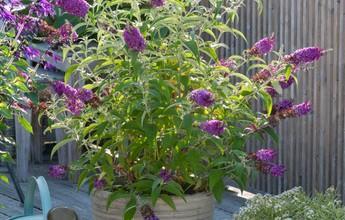
GO WITH THE SEASONS
Long-flowering plants are especially useful because they provide nectar from late spring through summer to late autumn, such as perennial wallflower Erysimum Bowles Mauve, scabious and sedums, which are notorious for the vast amounts of small tortoiseshells and peacocks that congregate the large, flat flowerheads. Salvias – the wide range of flowering sages – are glamorous plants that bloom from summer to late autumn and are as popular with bees and butterflies as they are with gardeners. A few to savour are Salvias Caradonna, Amistad, Mainacht and guaranitica Black and Blue, their long flower stems all offering various stunning shades of blue, purple and violet, colours that all pollinators seem to love best.
Photography: GAP PHOTOS